Severe shortage of oral rehydration salts at Bajura District Hospital for a month – The Himalayan Times – Nepal’s No.1 English Daily Newspaper
Patients forced to buy Jeevan Jal from private pharmacies amid supply delay
BAJURA, OCTOBER 28
The Bajura District Hospital has been facing an acute shortage of Oral Rehydration Salts (ORS), locally known as Jeevan Jal, for the past one month, leaving patients suffering from diarrhea and dehydration without essential treatment.
According to hospital information officer Nriparaj Giri, the shortage occurred after the stock purchased in the previous fiscal year ran out quickly, and the new procurement process has been delayed. As a result, patients in need of Jeevan Jal have been compelled to buy it from private pharmacies.
Although the hospital is required to provide 98 types of medicines free of cost, locals complain that it has failed to ensure the supply of this critical life-saving solution. “Jeevan Jal is essential for diarrhea and dehydration cases to maintain body fluid balance, but patients have not been getting it for weeks,” said local resident Santosh Bik.
The hospital receives 180 to 200 patients daily, out of which 12 to 18 require ORS, Giri said. However, the shortage has persisted for a month, and replenishment may still take around another month as the procurement process for this fiscal year moves forward.
Hospital sources said the annual medicine budget of Rs 2.5 million is insufficient, limiting the timely purchase of essential drugs. Health workers expressed concern that despite the prolonged shortage, no steps have been taken to address the supply gap. “Many patients urgently need Jeevan Jal, but we have no option other than asking them to buy it from the market,” one staff member said.
Reports suggest that other health institutions in Bajura are also facing a shortage of Jeevan Jal due to delays in medicine procurement at the local government level. Locals have criticized authorities for remaining unaware of the problem despite the ongoing crisis in public health facilities.
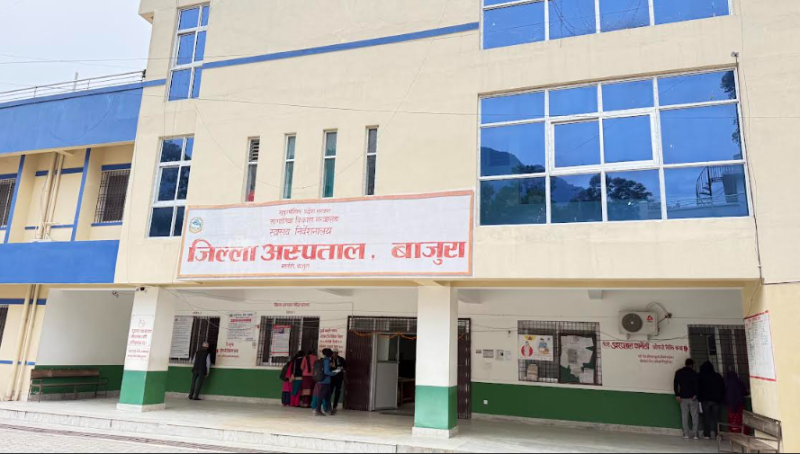
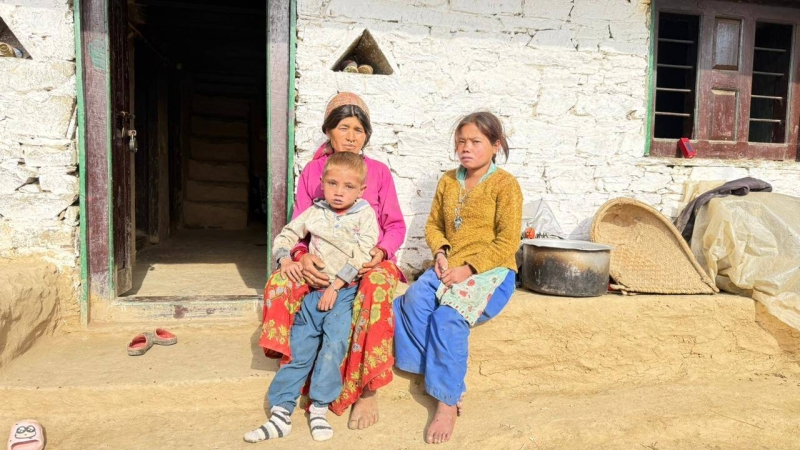
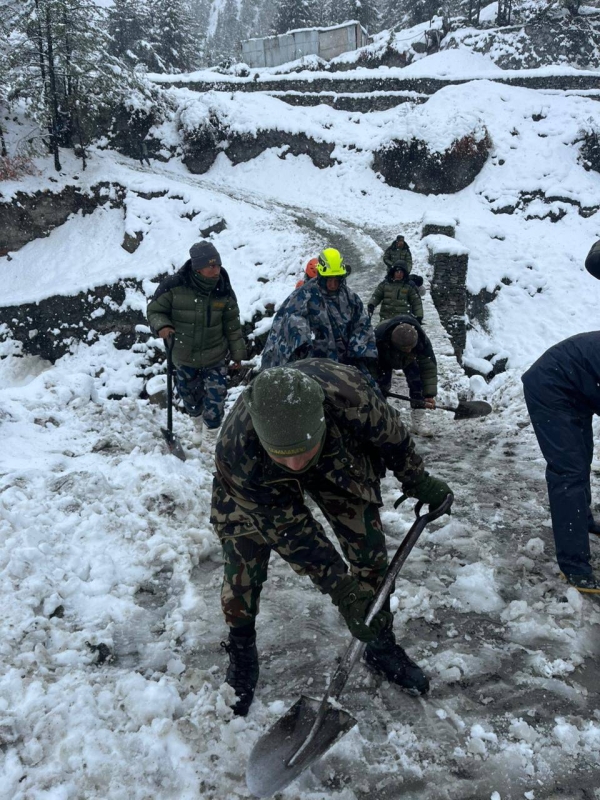
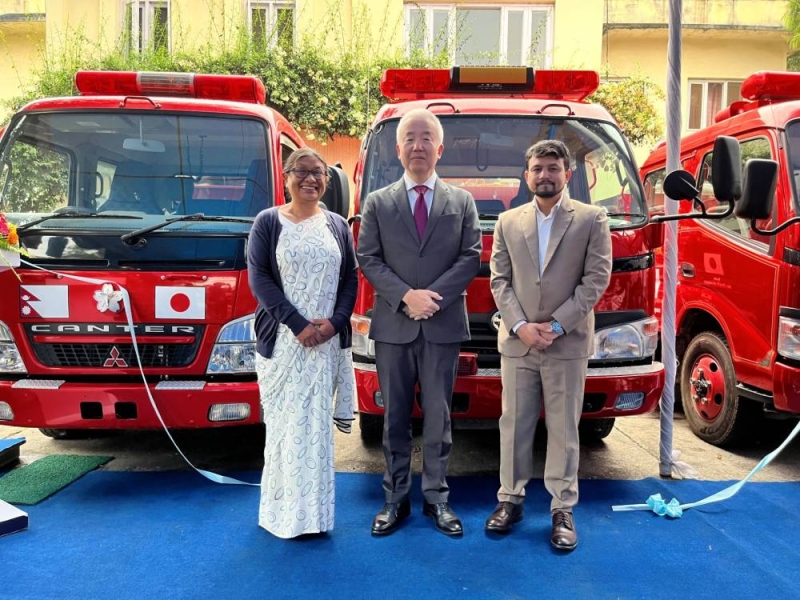
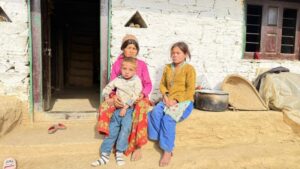
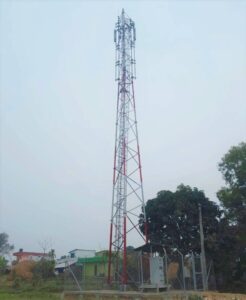

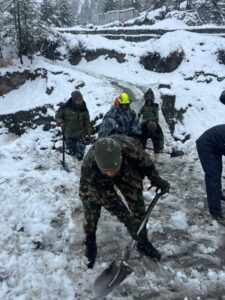






Post Comment